Jul 10, 2013 | film, science/tech
Art that originates in science is one of the most interesting kinds. Everything has more meaning because the images come from somewhere that feels so real and substantiated. Magnified single-cell organisms and organic molecules are turned into abstract compositions, and it makes you realize how beautiful and miraculous this world is because living things look like art close up.
But bioart isn’t just photography – “it describes any intersection between Biology and Art. It can range from an aesthetic representation of the life sciences, to using biological forms as a medium to produce ‘live art.'”
That definition comes from a new project called DIYSect, a new documentary web series that introduces people to DIY Biology and Bioart. Bioartist Mary Tsang and filmmaker Ben Welmond are going to travel across North America and interview biologists and bioartists to create 6-10 minute webisodes for the world to learn from.
“Bioartists have the ability to translate complex scientific discourses in a way that is relatable to a non-expert. They can even reveal contradictions or ambiguities in how biotechnology is used in our society. It confronts the norm because it isn’t product-driven.”
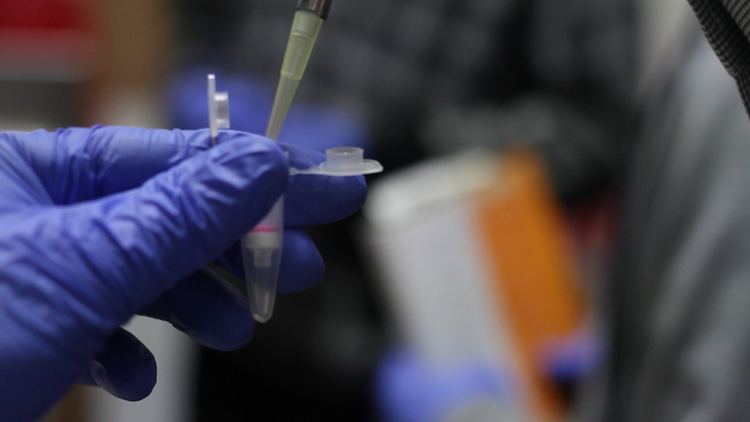
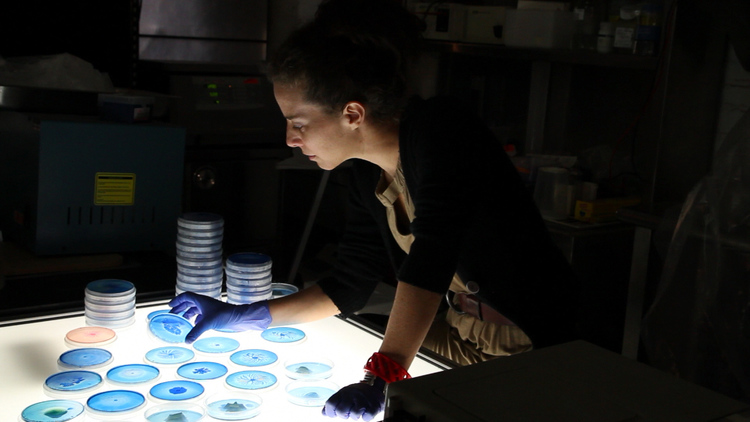
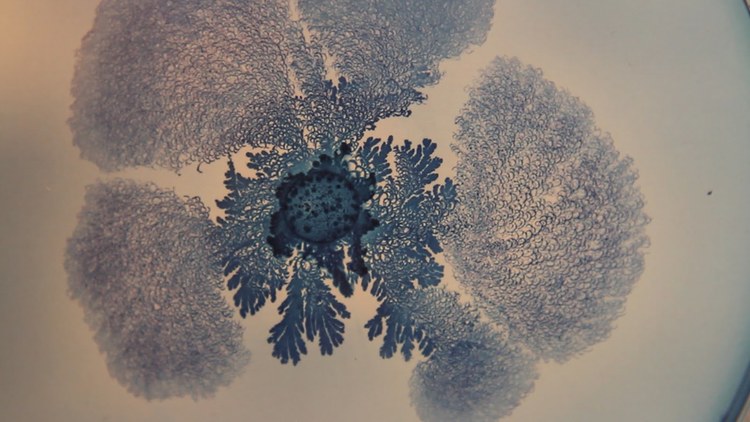
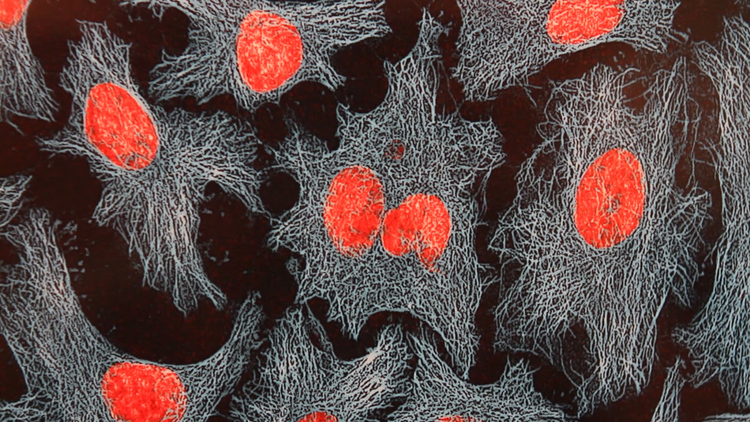
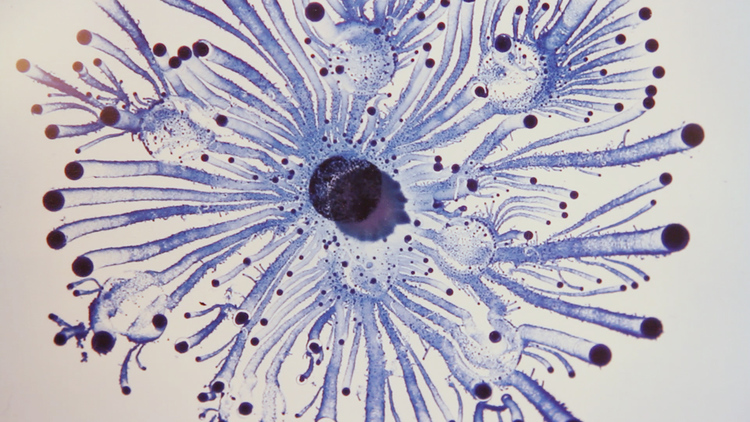
For more on DIYSect, check out their website – and donate to their Kickstarter page to help launch the DIYSect dream!
Images from DIYSect’s photo blog.
May 10, 2013 | science/tech
Online art is an interesting concept, especially since that means it can be accessed anywhere by anyone with an internet connection. I’m not talking about pictures of sculptures and paintings posted online, but art with “website” as its medium – the art of coding that manifests in a webpage with a simple interactive function. Andrey Yazev has been making website art for a while now, using JavaScript and GUI like scroll bars, check boxes and tables to create interesting, beautiful visuals that visitors can interact with.
My favorite is the check box explosion page that turns one little check into a cluster. That cluster drops to the bottom of the screen before exploding into tiny bits and it’s so adorable and simple every time. There’s also a couple where you play with cubes and another that will just make you dizzy, but all are fun to figure out.
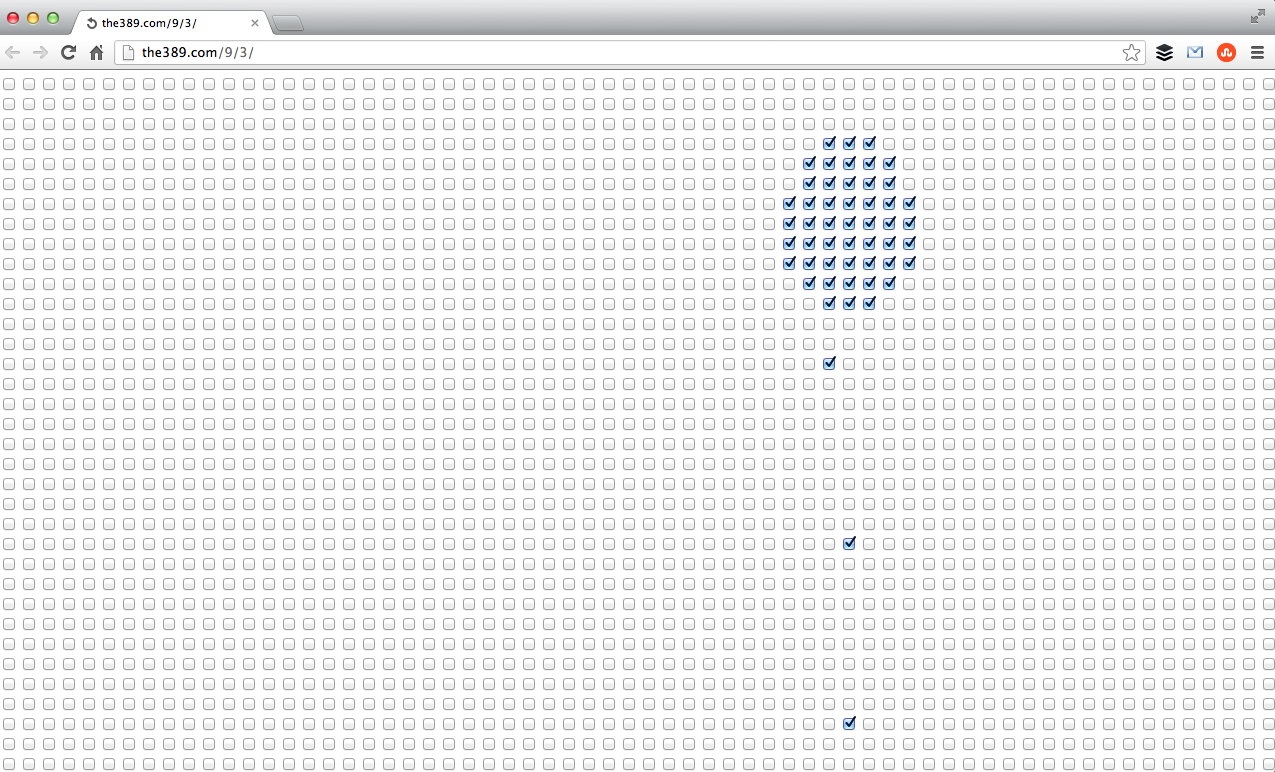
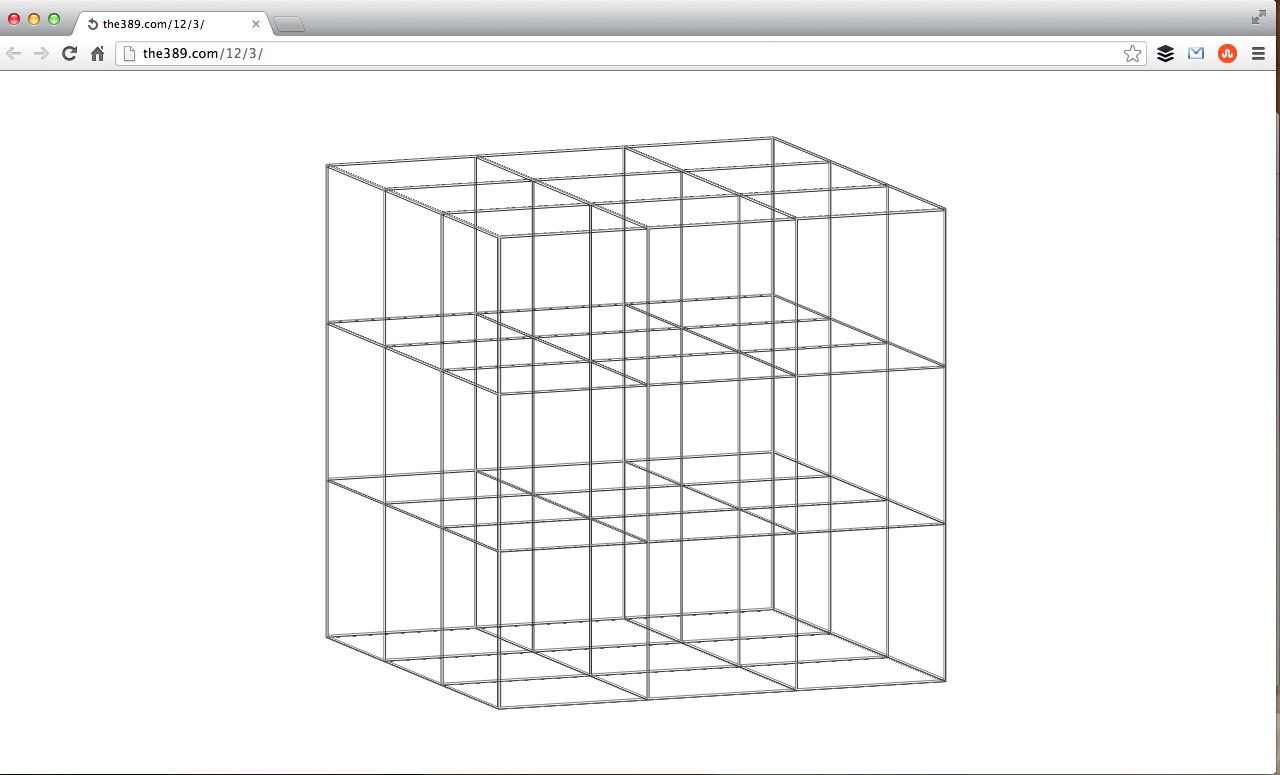
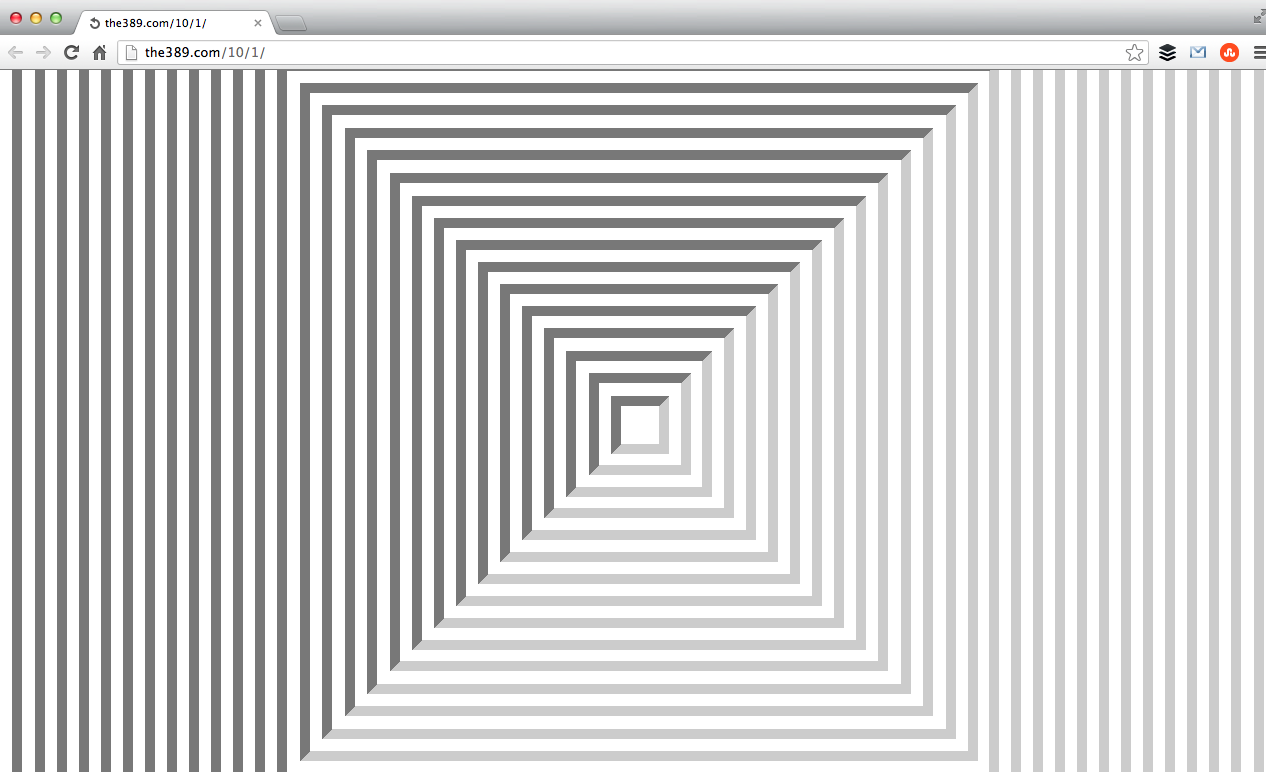
See more of Andrey’s work on his website.
Source: dresslab.
Apr 18, 2013 | science/tech
Andreas Nicolas Fisher goes by ANF online, and he’s an artist working on a whole other level. He makes things that make art, using generative systems and visualizations of data to create graphics, sculptures and installations.
He lives and works in Berlin, and all of his pieces have a simplicity to them that makes them look sleek and organic, like a piece of perfection picked up from the earth. These data waves show boring information in the most beautiful way possible – the message behind the data is lost, but the aesthetic created makes it worth it.
He made these graphics through an original computer program that converts data into long elegant strings of color. The strings almost look like hair swimming in water, like seeing a magnified view of a mermaid’s luscious, multi-colored locks.
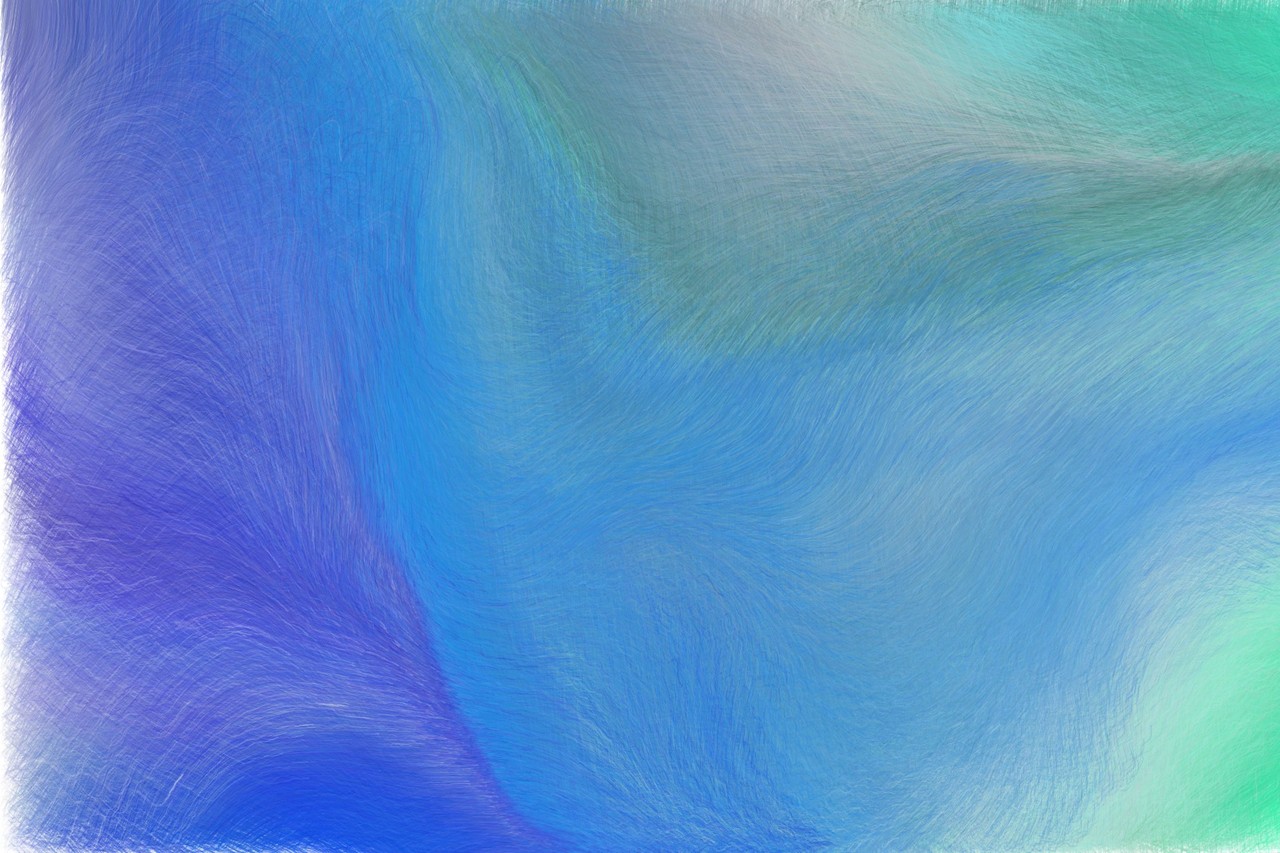
His website reads that ANF “concerns himself with the physical manifestation of digital processes and data through generative systems to create sculptures, videos, prints and installations.” He holds an MA from the Berlin University of the Arts, and currently has work on view in Paris and North Carolina.
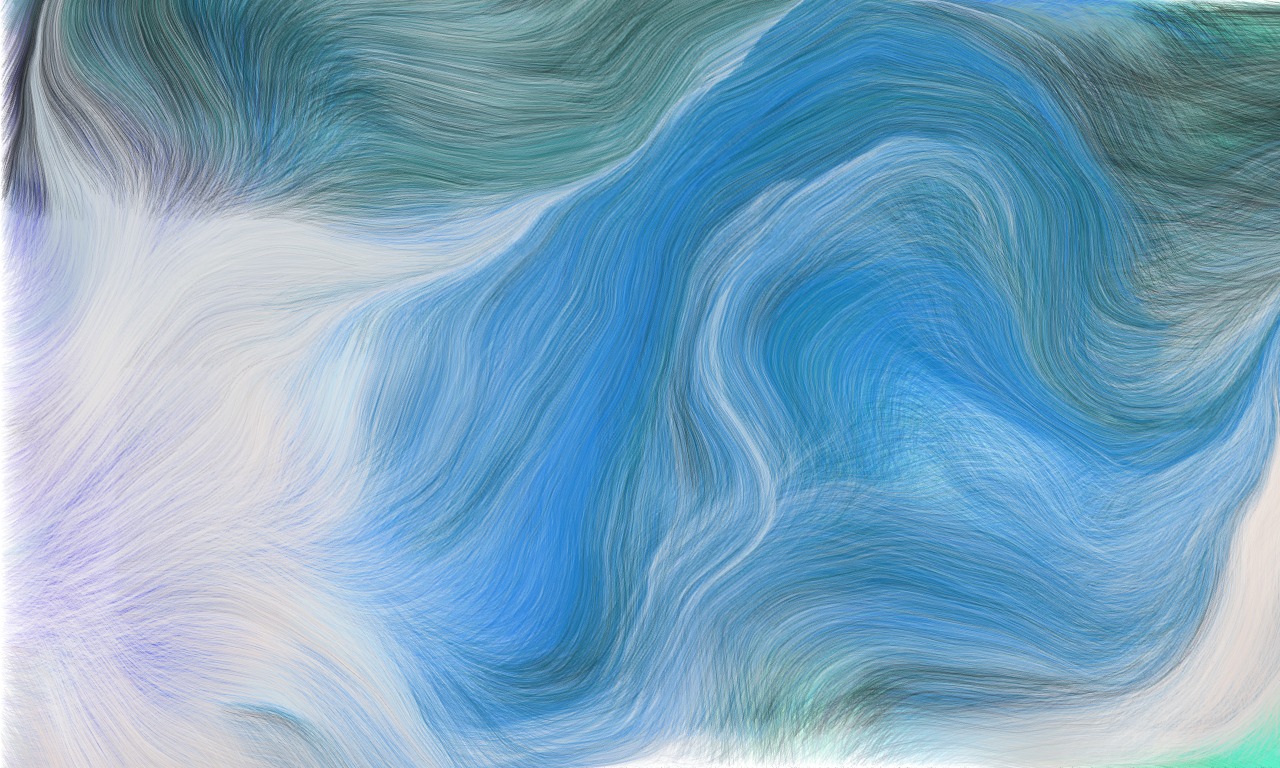
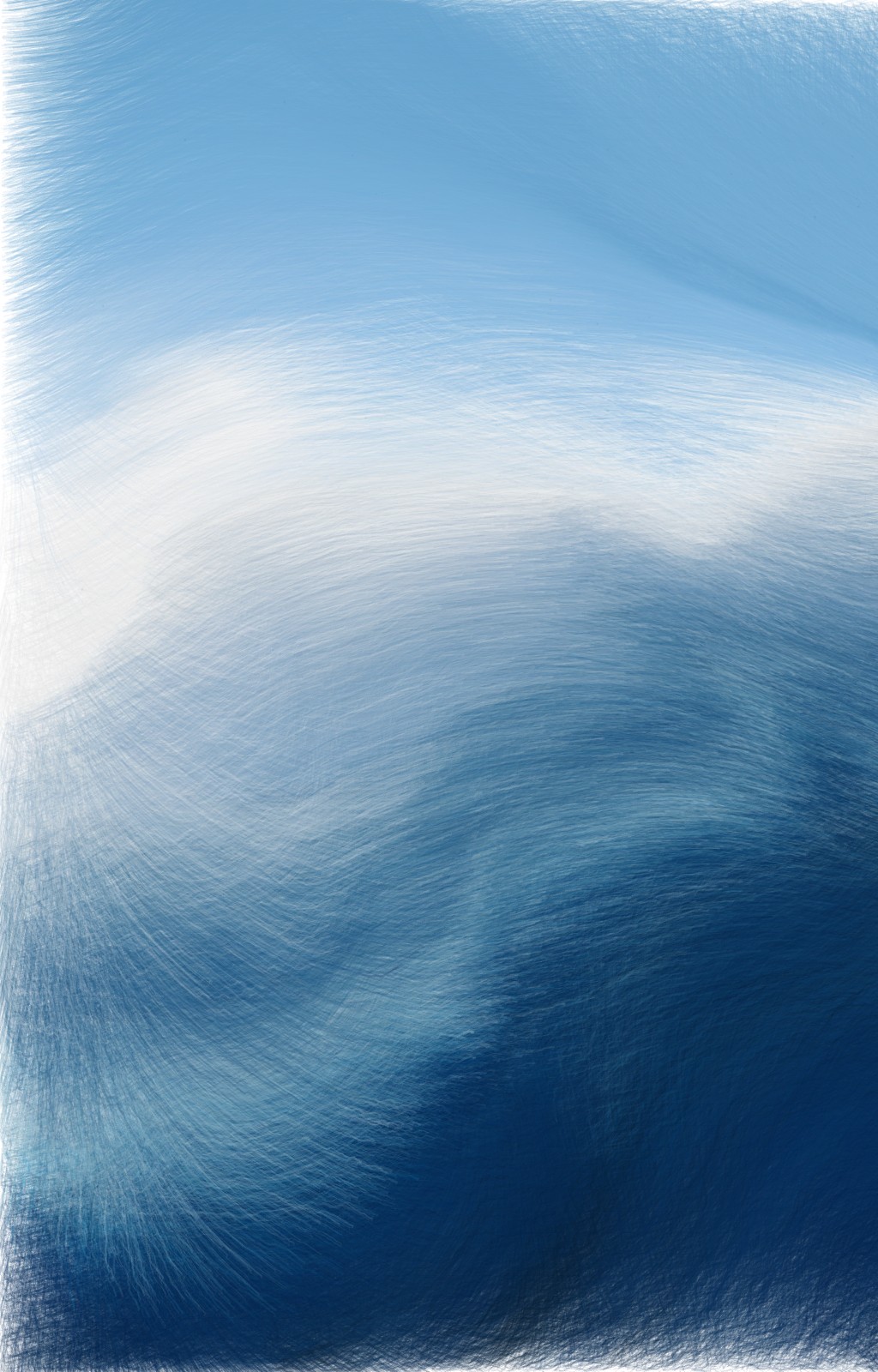
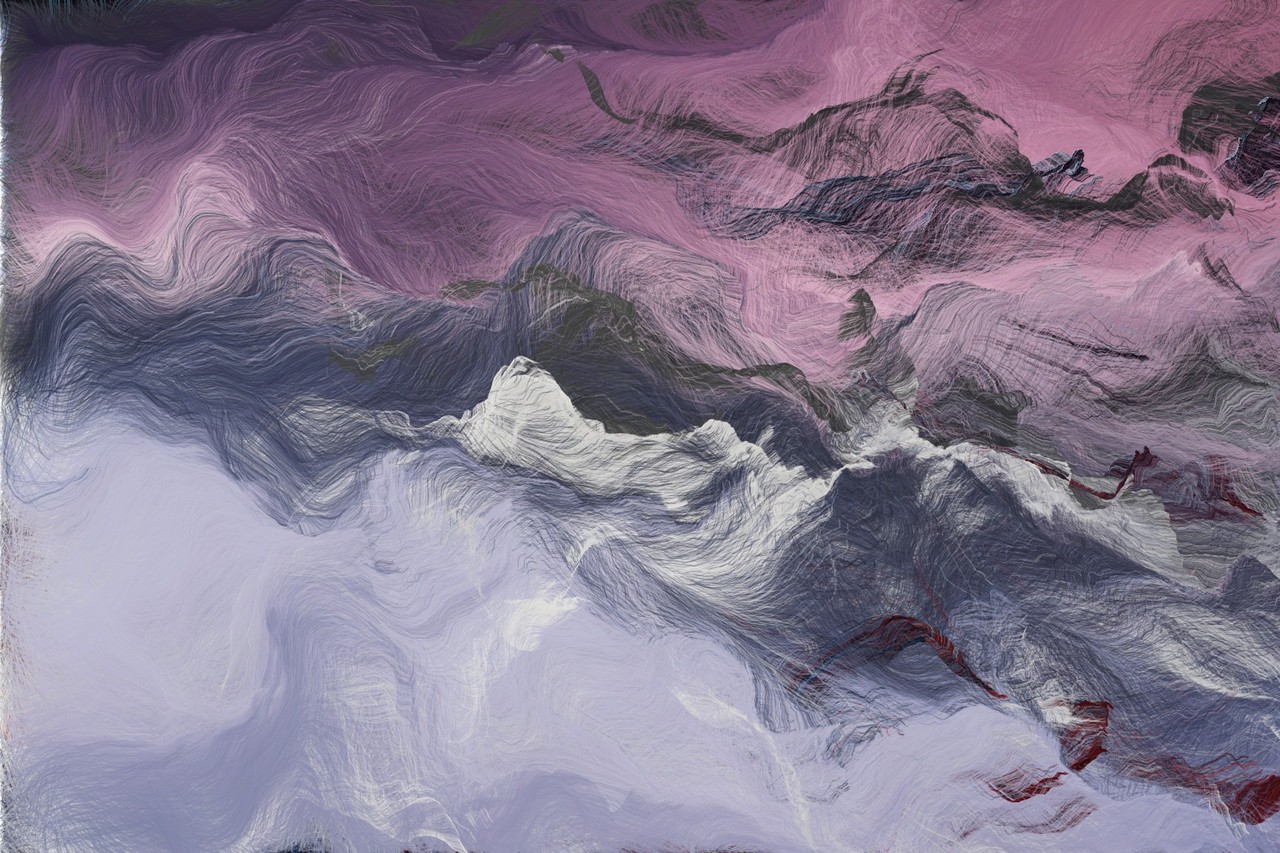
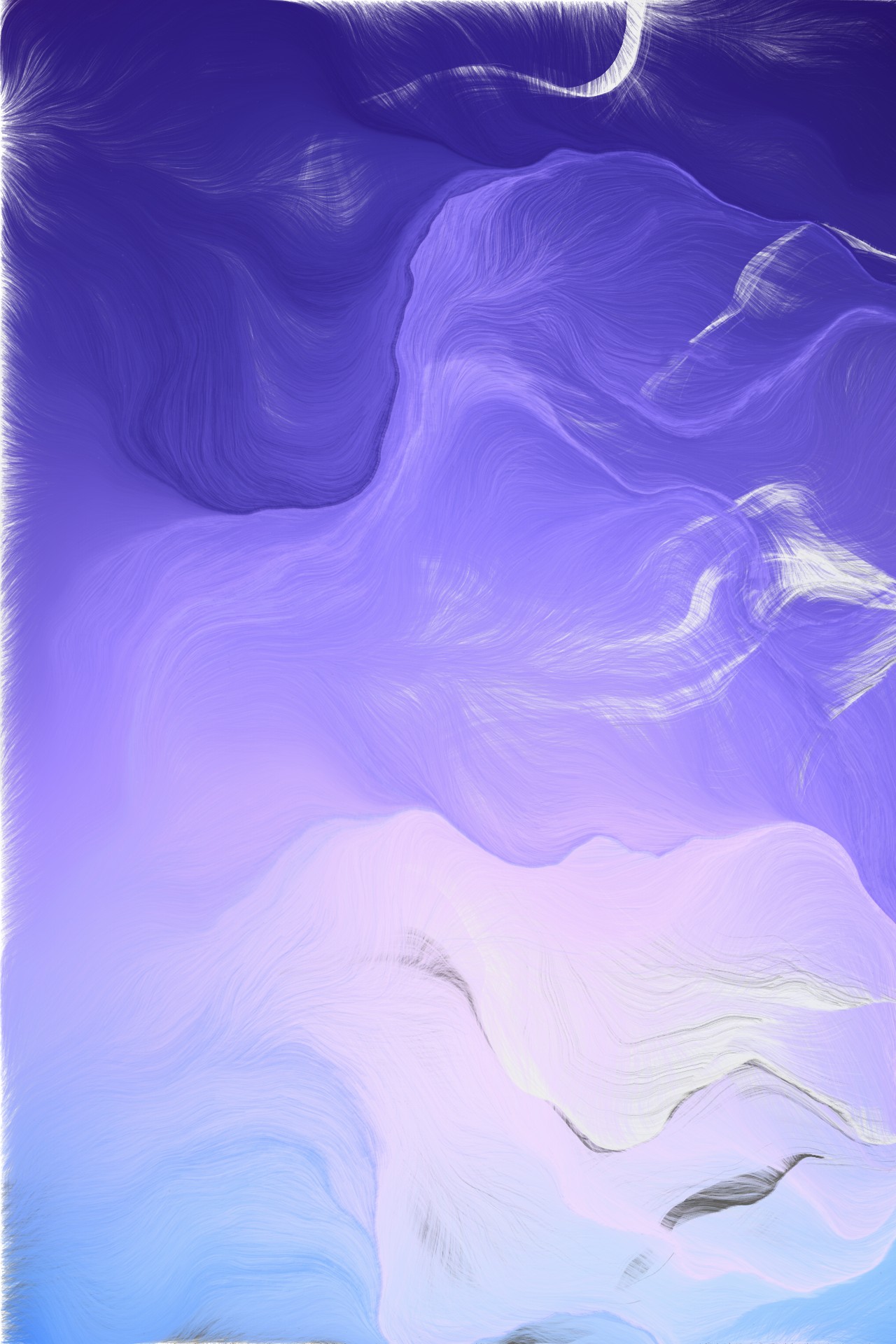
For more from ANF see his website, and his Twitter & Facebook pages.
All images courtesy of the artist’s Tumblr – check it out for more crazy cool threads of data.
Apr 17, 2013 | science/tech
Two Masters students at Switzerland’s Basel Academy of Art have created a robot capable of painting original artwork. The word “original” floats fairly close to the word “random,” prompting the question: can a robot make art? Maybe the robot is the art. After all, art making art is very meta.
Made up of two aluminum arms and an acrylic box on wheels that’s been laser cut according to original design, the robot is named BNJMN – but pronounced like the name Benjamin, the use of acronym playing with the idea that this little nonliving bot can do something only humans are supposed to. Made from the minds of students Danilo Wanner and Travis Purrington, it’s described as a “mobile sensory image production mechanism,” and it’s programmed with 436 lines of code that tell it to roam in search of paper, paint whatever, and sign the work before beginning the cycle over again.
BNJMN has five servomechanisms for movement and two sensors for art-making. It’s able to move straight ahead or rotate, using the light sensor and the touch sensor to find paper by determining the amount of reflected light gathered.
The two aluminum arms are coded with a program called the Expressive Output Cycle, and are designed with a joint and spring system that allows for control over the pressure of each mark made. BNJMN works remotely with 9V batteries, with an Arduino Uno brain on board along with a remote micro-controller. It also has an on/off switch for resting, something living artists probably wish they had from time to time. Only a robot’s off time is definite.
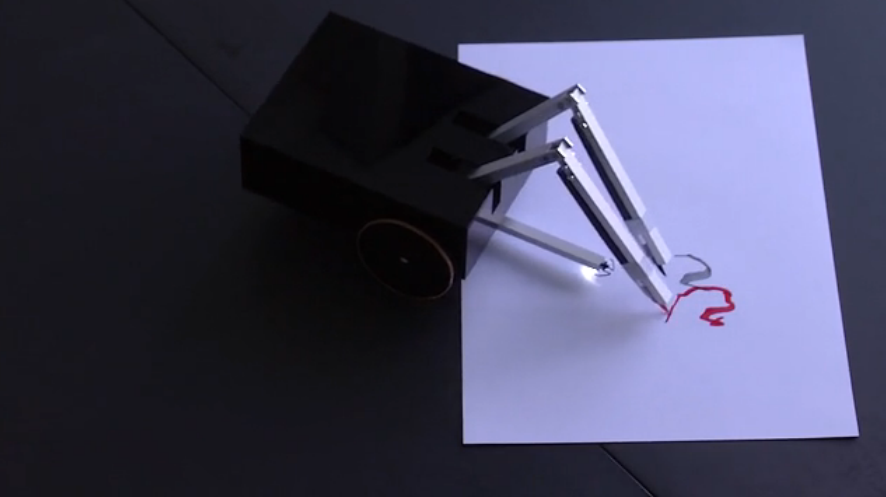
Animal New York described the robot’s work as “minimal and meditative–a bit like Franz Kline without all the drama.” It moves slowly across the table searching for paper, but once the two arms prepare for brush mode, they spring into action, painting rough jagged lines in red and gray. At the end of the creative cycle, the bot moves down to the corner of the paper and draws a squiggle with a line underneath for a signature.
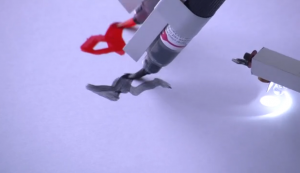
BNJMN is different from all the art-making robots who came before him in that he’s not coded with a predetermined image to draw. He sketches something different on each piece of paper he finds, and even though the work is still coming from a random set of 0s and 1s, the design itself is still technically autonomous from any sort of human interference.
It’s a funny thing for a robot to do – something without emotion creating in a medium that’s propelled forward by feeling and constantly being driven by the human experience. Little BNJMN knows nothing outside of finding paper and making marks on it – one more way to ponder the question “is it art?”
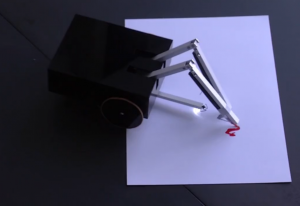 Technical info and featured image via the Creative Applications Network.
Technical info and featured image via the Creative Applications Network.
Robots and art in other places:




















